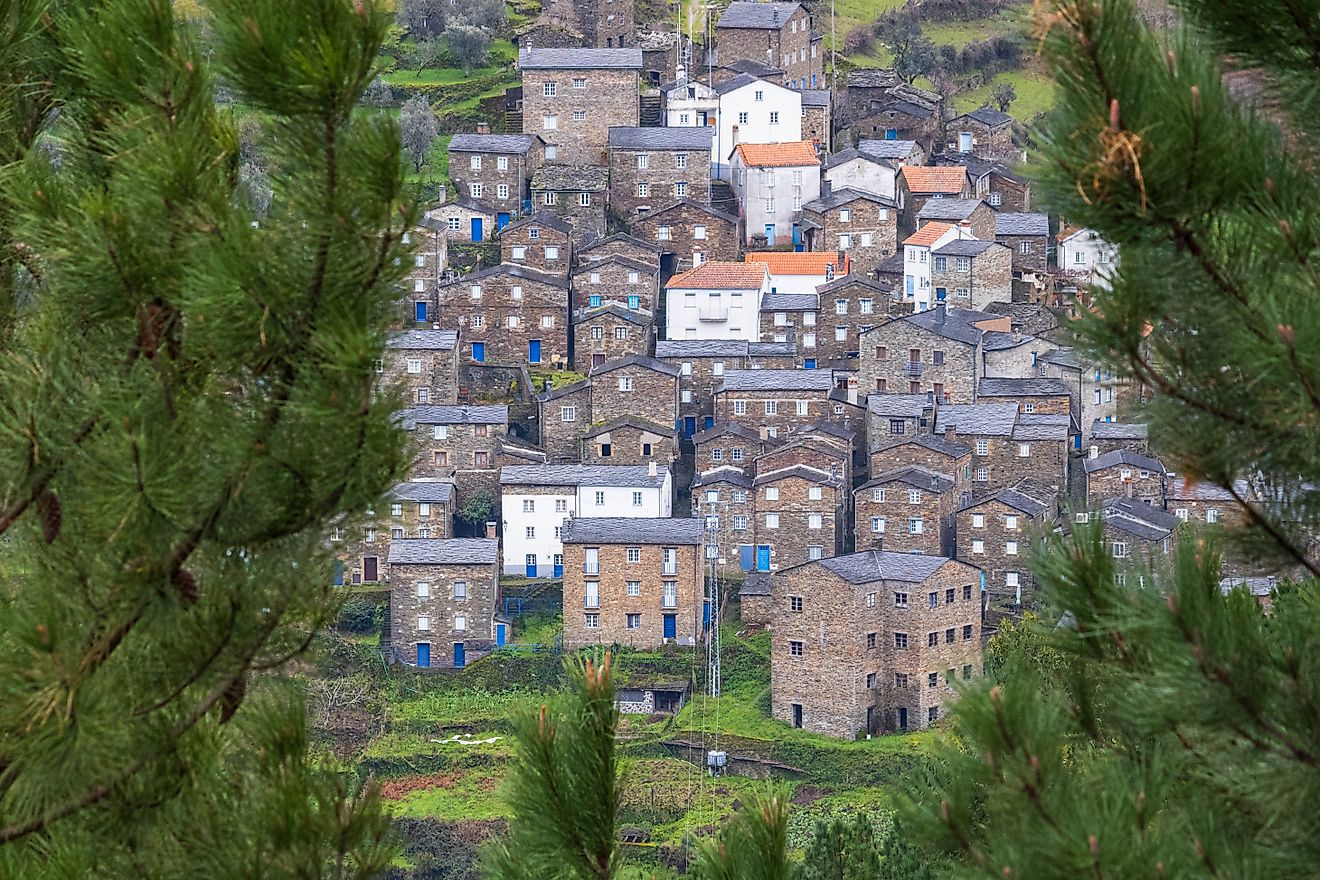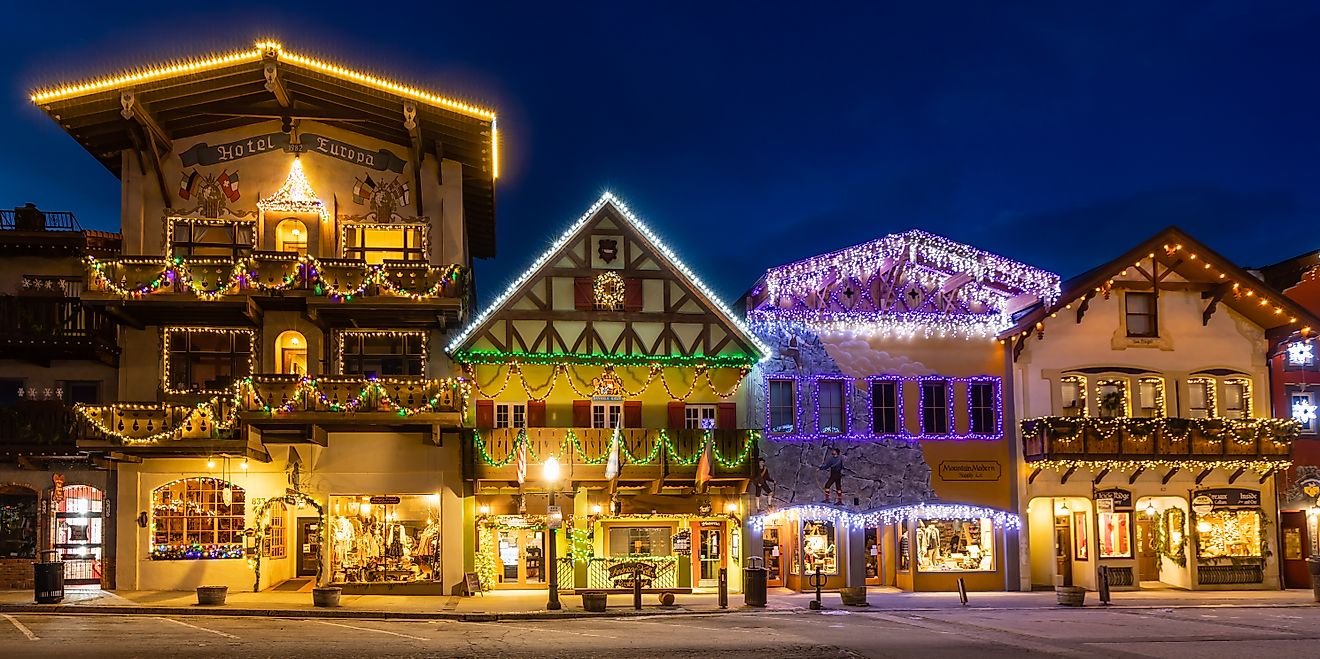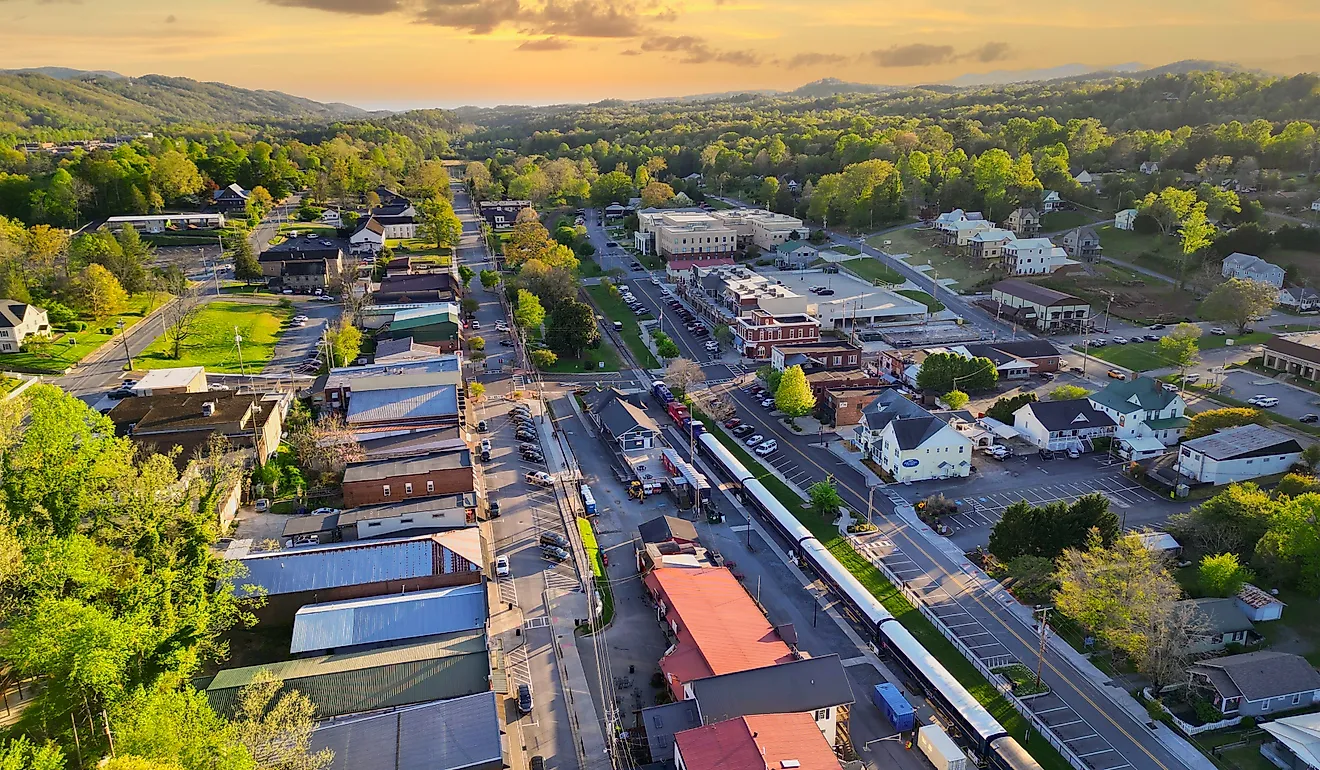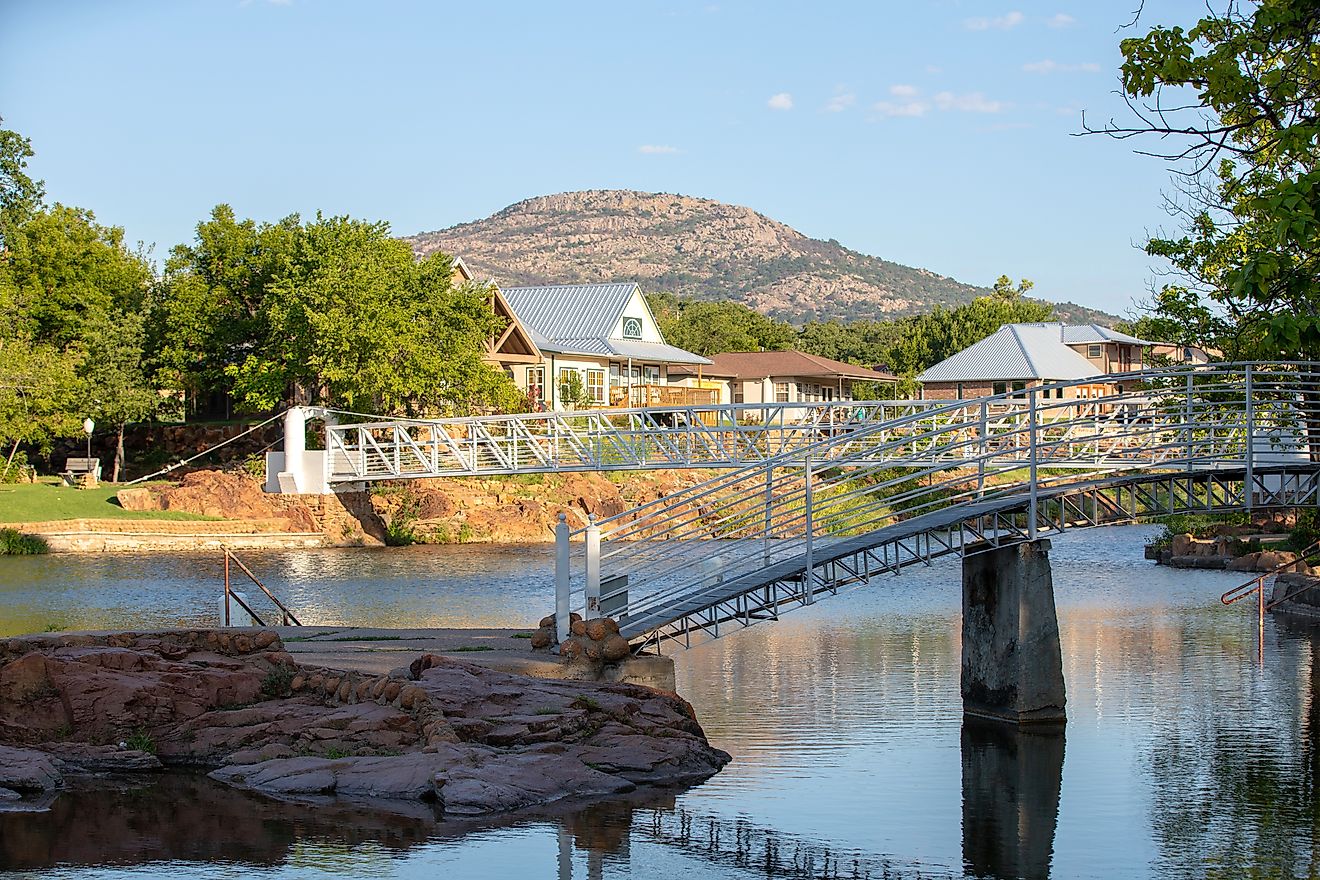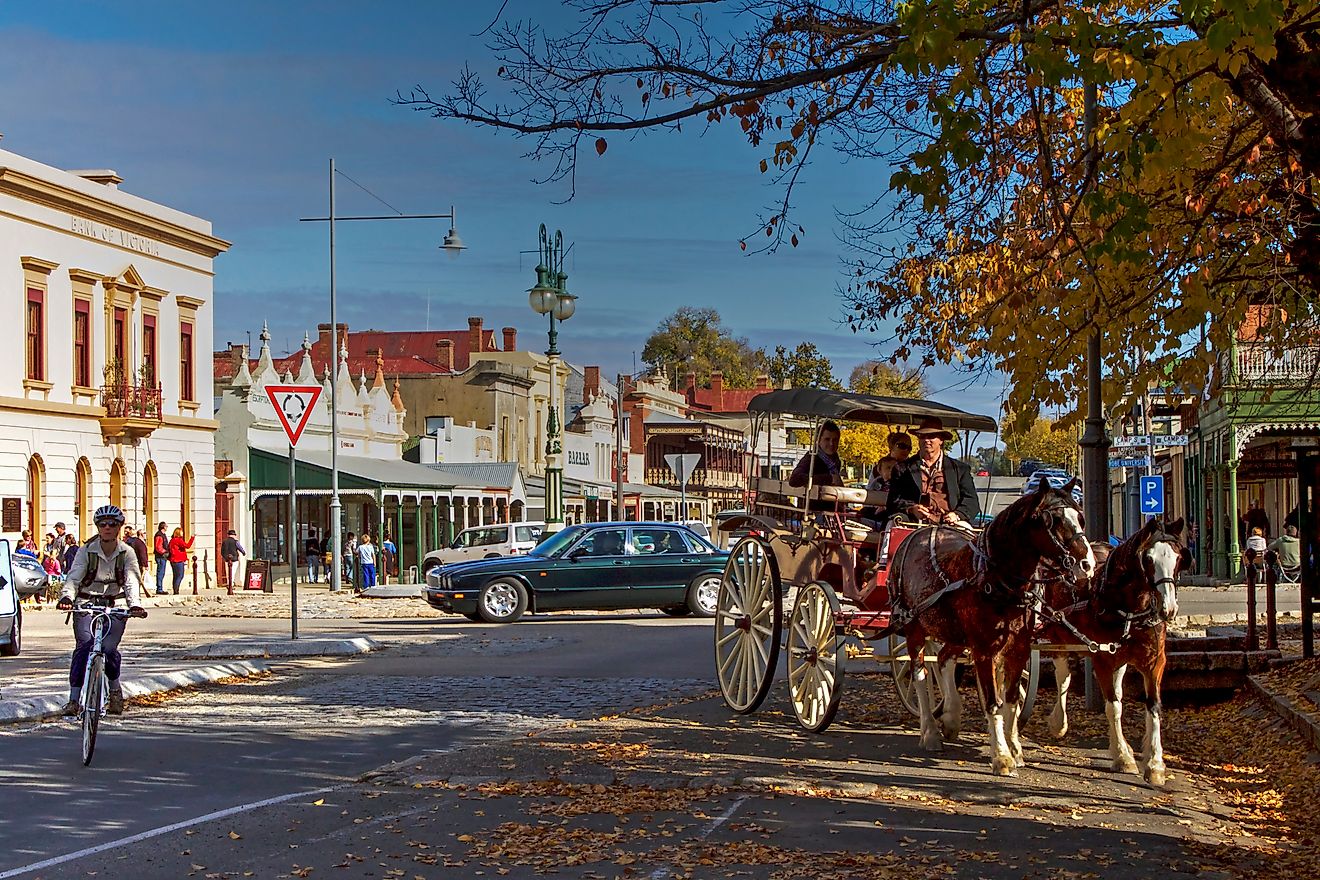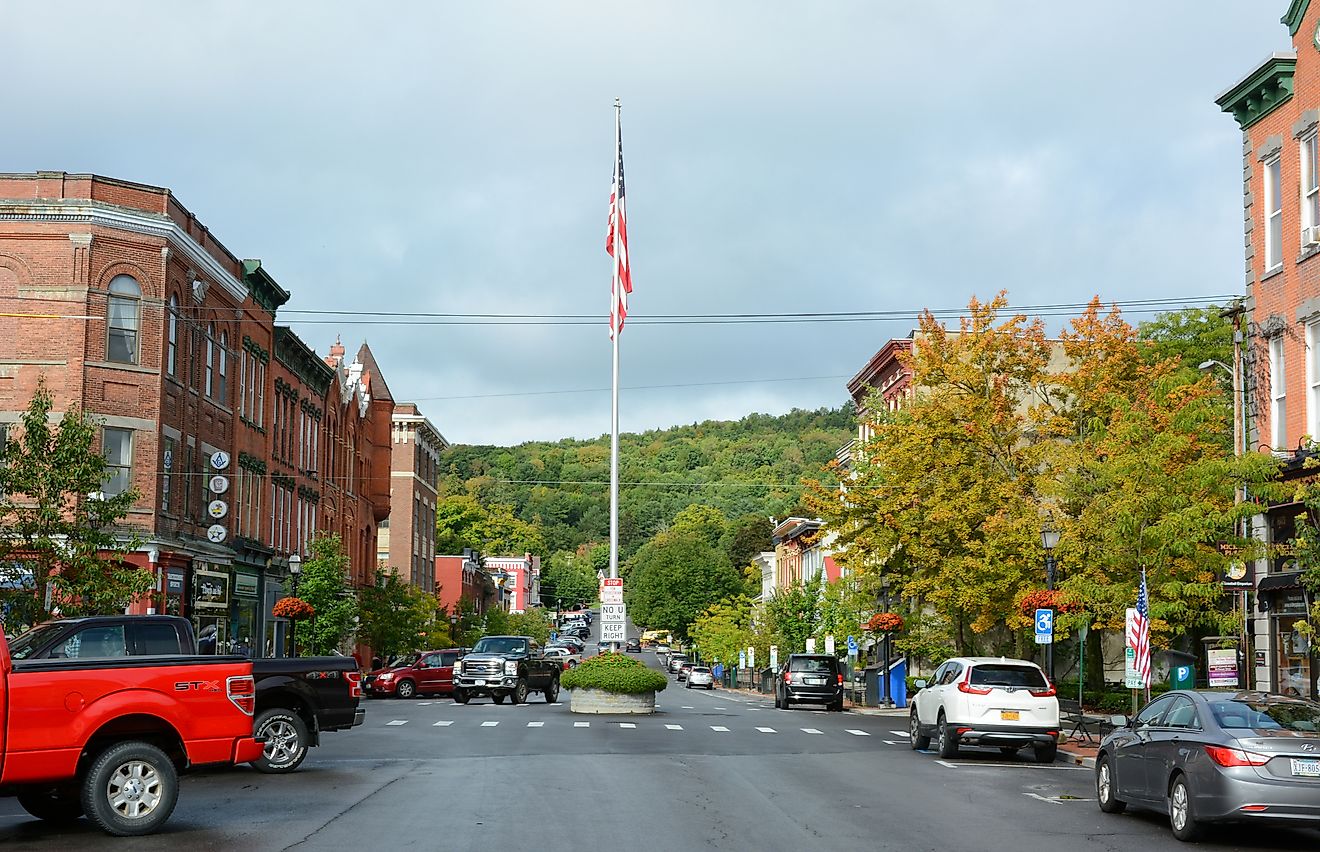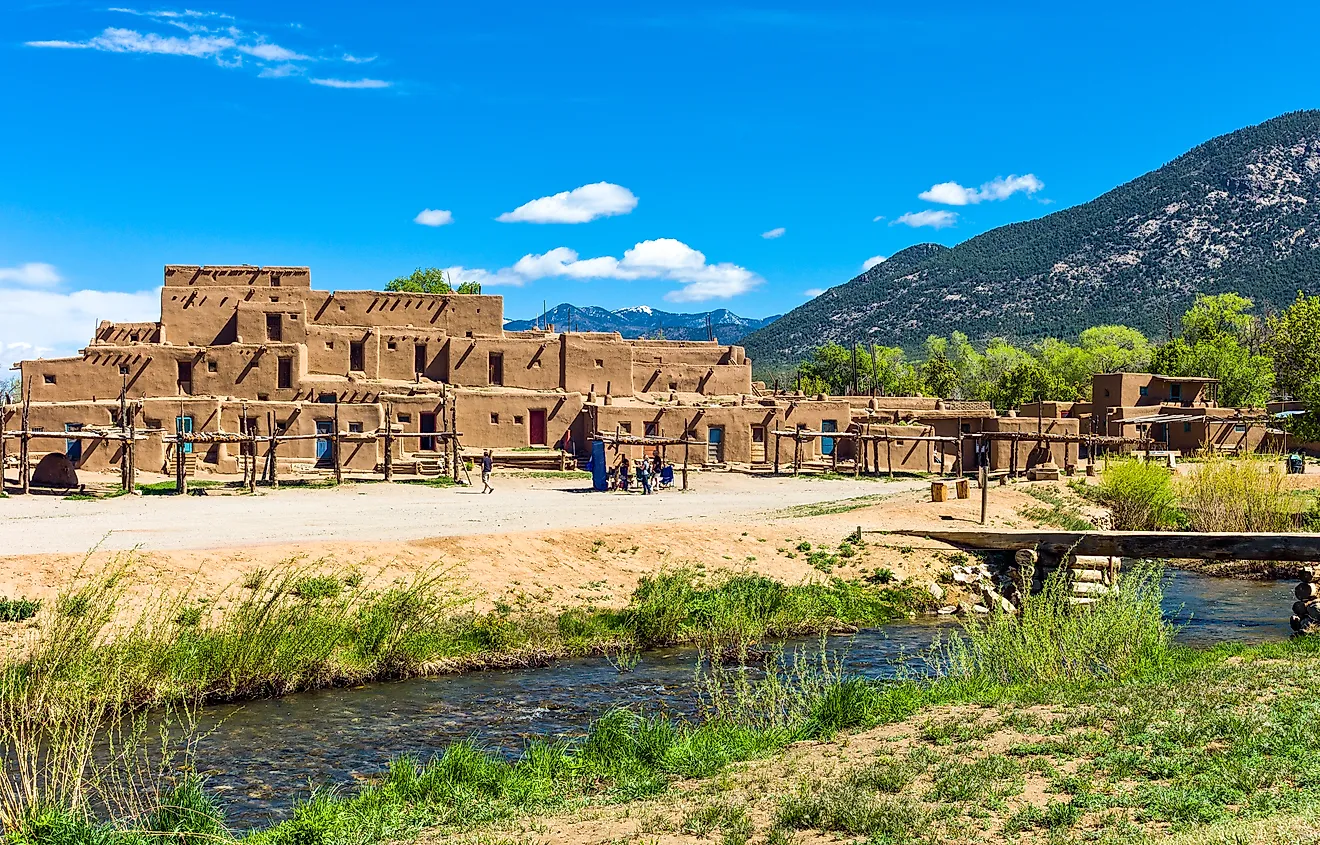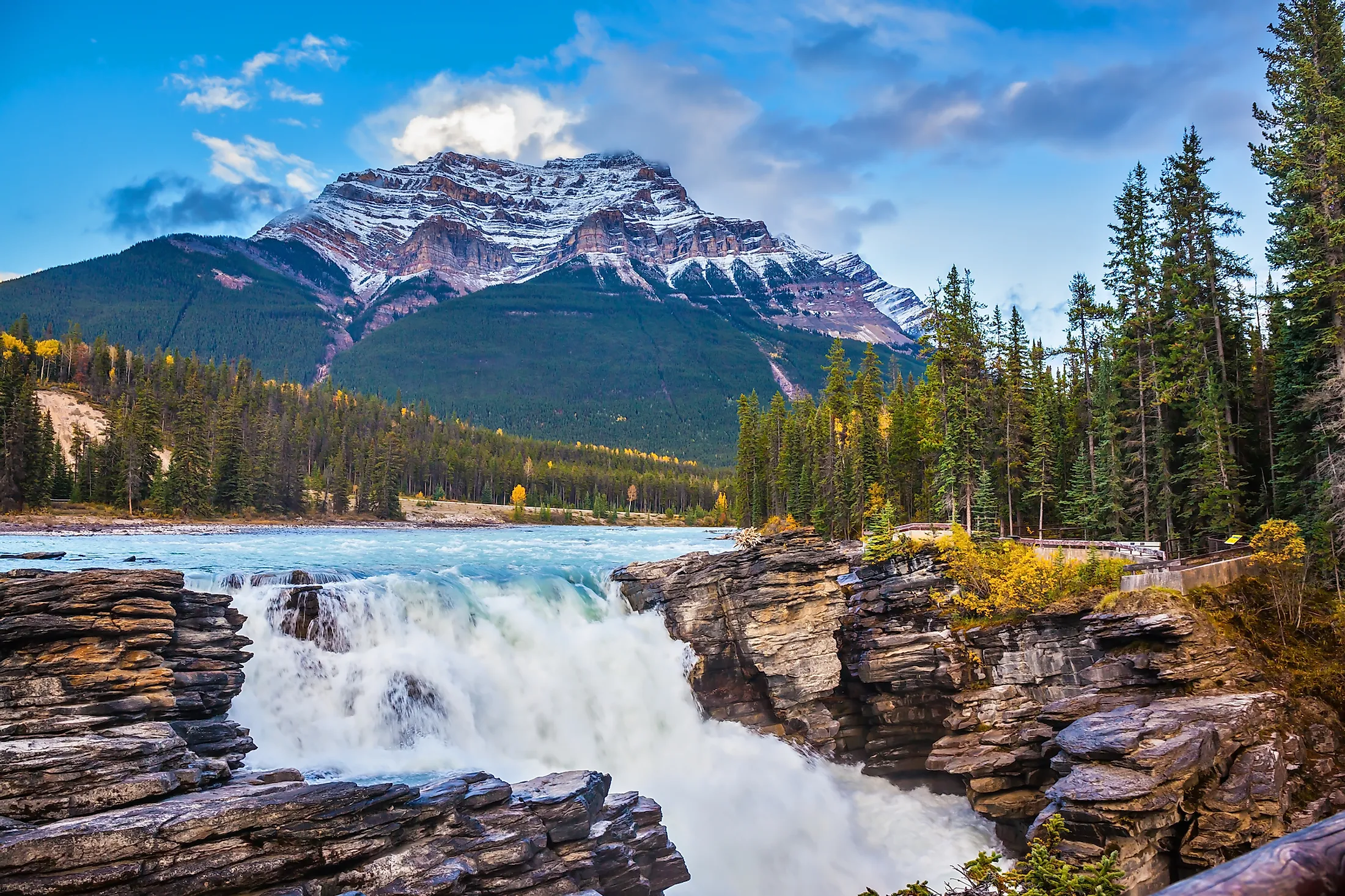
Athabasca Falls
Athabasca Falls is known to be one of the most powerful waterfalls in Alberta and the river in which it flows is designated a Canadian heritage. The waterfall is found in Jasper National Park, and it attracts many visitors and hikers all year round.
Location
Athabasca Falls is a 24-meter waterfall in Canada located on the upper Athabasca River, 30 kilometers south of the townsite of Jasper, Alberta and 200 kilometers from Lake Lousie. Flowing from the glaciers of the Columbia Icefield, the waterfall originates in Jasper National Park, west of the Icefield Parkway of Alberta, Canada. There are many ways to Athabasca Falls, one of the best being through Icefield Parkway, which is a culmination of routes running through mountains and connecting Banff and Jasper National Park.
Structure Of The Athabasca Falls
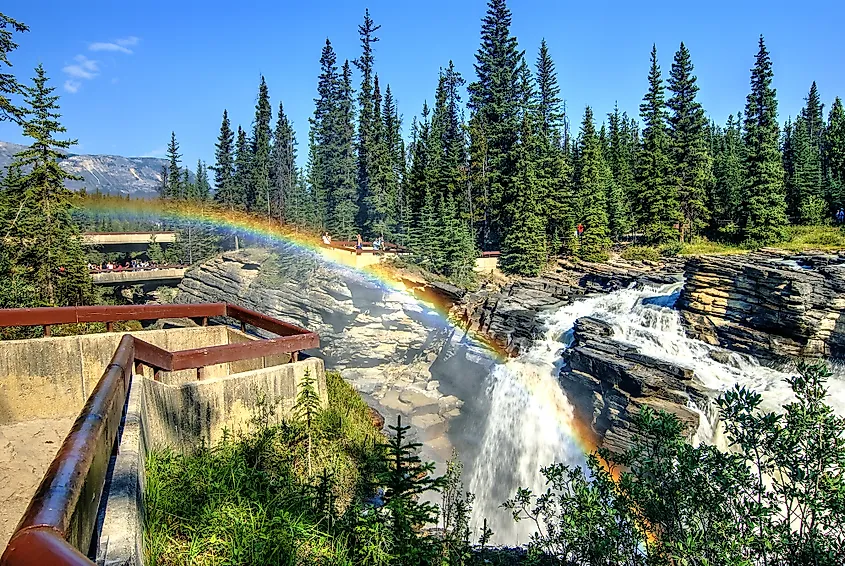
The Athabasca Falls has two drops, with the longest drop being 20 meters high. The river runs for 15 meters and has a total width of 18 meters. The 24-meter height is not considered to very astounding according to Canadian Rockies standards. However. the size and high volume of the waterfall make it one of the most powerful falls to be found in a mountain national park.
The Athabasca Valley sheared off hard rock to create a cliff, and the glacial stream caused the erosion of the rocks to form a canyon. As the glacier receded, the Athabasca River flowed through this narrow gorge and fell 24 m over a cliff. In the winter, the Athabasca fall freezes, forming breathtaking ice formations. Athabasca Falls pours over a layer of hard quartzite, then cuts into softer limestone beneath, carving intricate features such as potholes and a short canyon or gorge.
Because many glaciers feed the Athabasca River, the volume of water flowing can vary by a hundred times between the coldest and warmest periods of the year.
Brief History Of The Athabasca River
The name “Athabasca” means ‘there are plants one after another’ in Wood Cree, an autochthonous language spoken in Northern Manitoba, Northern Saskatchewan and Northern Alberta. Canada’s premier mapmaker and explorer, David Thompson, plied the Athabasca in 1810 to search for a viable fur trade route to the Pacific Ocean. The discovery of the Athabasca Pass in early January 1811 by Thompson helped establish Canada as a country that spans the North American continent and deemed the area a transportation rote for the years to come.
Overlanders of 1862, who were a group of 150 settlers travelling from Winnipeg to the interior of British Columbia, travelled along the Athabasca River to reach the Cariboo Goldrush. Two national railways were created 30 years later. Today, one railway and a transcontinental highway follow parts of the river through the park. The Athabasca was designated a Canadian heritage river in 1989 due to its historical, natural and recreational significance. Jasper National Park, in the upper Athabasca River, was created in 1907.
Flora And Fauna
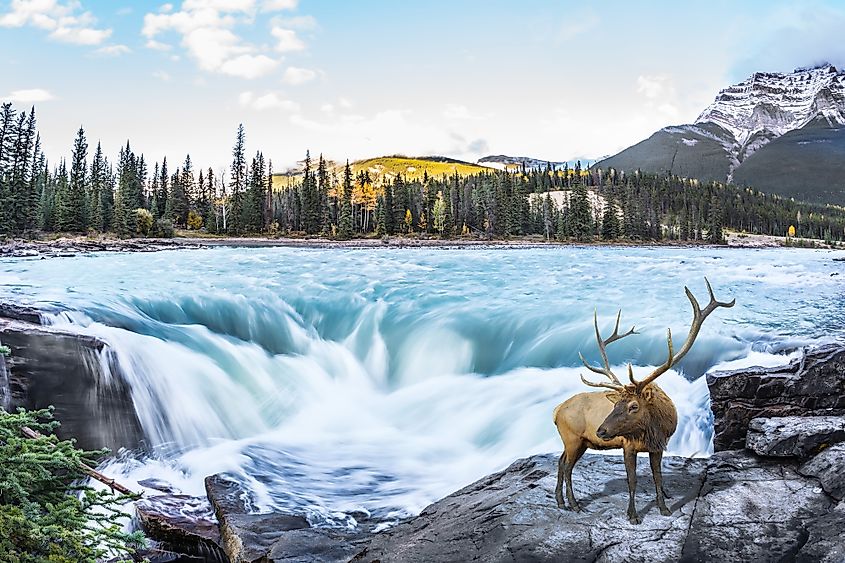
The Athabasca River flows across four ecological regions: Rocky Mountains, Foothill Forests, Temperate Grasslands and Boreal Forests, each being home to a variety of flora and fauna. Vegetation in Rocky Mountains include alpine fir, Engelmann spruce, Douglas fir and lodgepole pine. The animals that can be spotted near the river basin include bighorn sheep, grizzly bears, wolves, moose, beaver and deer. The delta is the most ecologically diverse area, housing migratory birds such as ducks, geese, whooping cranes and the world’s largest herd of bison.
Visiting The Athabasca Falls
Athabasca Falls is a top national attraction in Jasper National given its picturesque waterfall and hike-friendly trail. A network of paved pathways leads to various areas that overlook the waterfalls and offers viewpoints of the narrow canyon. The hike is 1 kilometer long and there are concrete bridges over the gorge. There are different lookout points each offering a unique view of the waterfall along the trail. Visitors can also hike along the canyon trail and marvel at the scenery from different lookouts of the canyon. Hikers can notice the tiny plants, mosses, lichens and trees found a foothold in the narrow crevices of the canyon.

